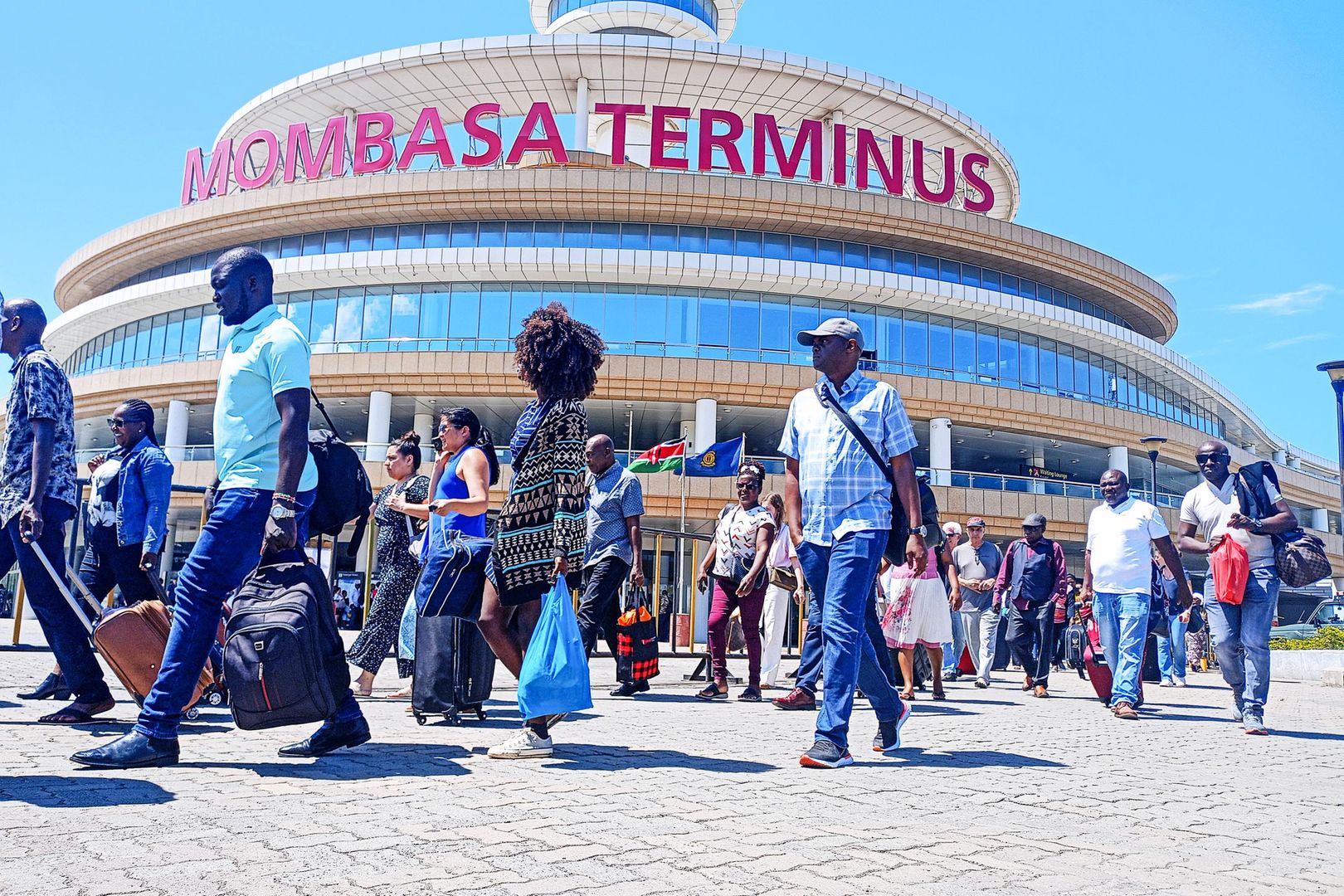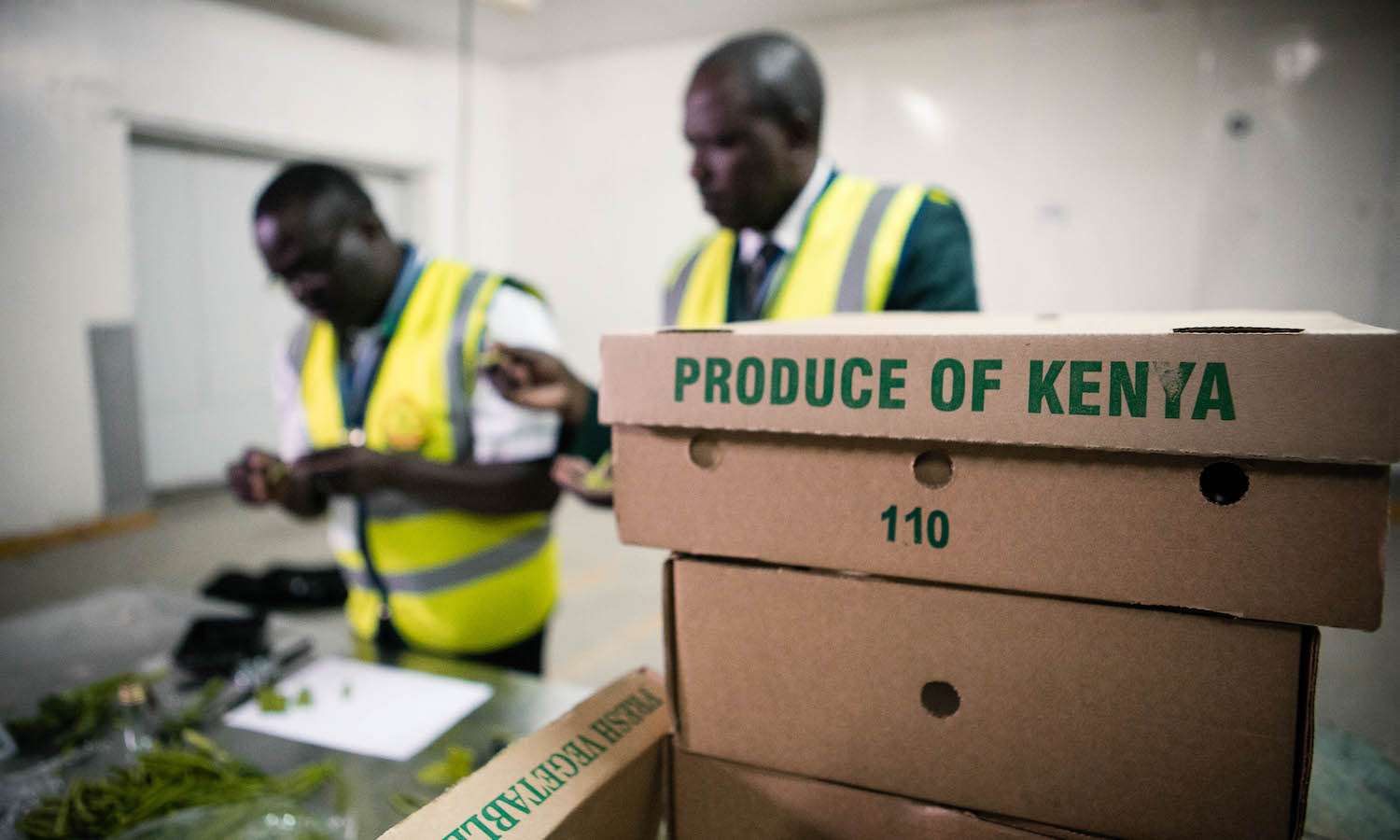The Global Outlook on Financing Sustainable Development 2025: Towards a More Resilient and Inclusive Architecture highlights that while total external finance to developing countries reached US$ 5.24 trillion in 2022, this remains far below the US$ 9.24 trillion required annually to achieve the 2030 Agenda
The gap between development financing needs and available resources could expand to US$ 6.4 trillion by 2030 without a major overhaul of the global financing system, according to a new Organisation for Economic Co-operation and Development (OECD) report.
The Global Outlook on Financing Sustainable Development 2025: Towards a More Resilient and Inclusive Architecture highlights that while total external finance to developing countries reached US$ 5.24 trillion in 2022, this remains far below the US$ 9.24 trillion required annually to achieve the 2030 Agenda.
Rising Development Needs Outpace Available Resources
Between 2015 and 2022, financing needs have surged by 36%, driven largely by climate change and geopolitical instability. However, available resources have only increased by 22%, creating a 60% shortfall. Without urgent reform of the international financing system, the OECD estimates that this gap will balloon to US$ 6.4 trillion by 2030.
OECD Secretary-General Mathias Cormann stressed that while the financing gap is significant, it can be addressed with bold action. “The challenge lies in mobilising resources at scale and directing financial assets into transformative investments such as clean energy transitions and sustainable infrastructure,” Cormann stated.
The report, released ahead of the Conference on Financing for Development in Seville, urges a post-2025 update to the global financing framework to redirect existing capital and ensure a balance between ambition and practicality in sustainable development priorities.
Financing Shortfalls Despite Record Development Aid
Despite a recovery from the COVID-19 pandemic, financing for sustainable development remains insufficient.
- Official Development Assistance (ODA) from OECD Development Assistance Committee (DAC) members reached a record US$ 223.3 billion in 2023. However, additional commitments are essential, particularly for clean energy investments.
- Remittances to developing countries rose by 30% since 2015, reaching US$ 476 billion in 2023. Yet, high transfer fees, which remain twice the SDG target of 3%, result in US$ 16 billion in annual losses for households.
- Domestic resource mobilisation remains weak, with low-income countries’ tax-to-GDP ratio averaging 11.44% in 2022—well below the recommended 15% threshold.
- Debt distress is increasing, with the number of countries facing severe debt risks rising from 16 to 24 between 2015 and 2024.
Redirecting Global Wealth Towards Sustainable Development
The OECD report emphasises the urgent need to align global financial resources with development priorities. Despite the financing gap, global financial assets stand at US$ 461 trillion, which could cover the shortfall 115 times over. However, misallocation remains a major barrier, with US$ 1.53 trillion spent on fossil fuel subsidies in 2022 alone.
To restore trust and transparency in global financing, the report calls for strengthening development finance monitoring systems and improving resource allocation accountability.
The findings of the Global Outlook report will serve as the foundation for discussions at the Fourth International Conference on Financing for Development, set to begin on 30 June in Seville. At this forum, world leaders will negotiate reforms to the global financing architecture to accelerate the implementation of the SDGs.





